15 October 2014
The great masters of design anticipated future trends. Alvar Aalto was one of the first, in 1935, to become a producer of his own work, founding the firm Artek with his wife Aino Marsio and initiating the custom, more widely practiced than ever today, of the designer-entrepreneur. And he made forays into the world of art through collaborations with Hans Arp, Alexander Calder and László Moholy-Nagy, inaugurating a dialogue between the disciplines that is now much in vogue. The retrospective Second Nature at the Vitra Design Museum takes a close look at this aspect of his work too, showing how his interest in abstract organicism and nonrepresentational art was not a simple fascination, but a fruitful exchange with other important figures of the time. Creativity and design coexisted in a holistic vision in which space, person and object were always interrelated. A vision that found expression in each of his iconic products: from the Paimio Chair to the Stool 60 for the Viipuri Library, from the vase for the Hotel Savoy to the Tea Trolley 900 for the Villa Mairea. In a world ever more inclined to specialization, Aalto’s wide-ranging approach to design gives us cause to reflect on the way true organicism does not depend on form, material or process, but on all these elements put together, and on an attentive observation of nature, of life. As Alvar Aalto put it, “the best standardization committee in the world is nature herself.”
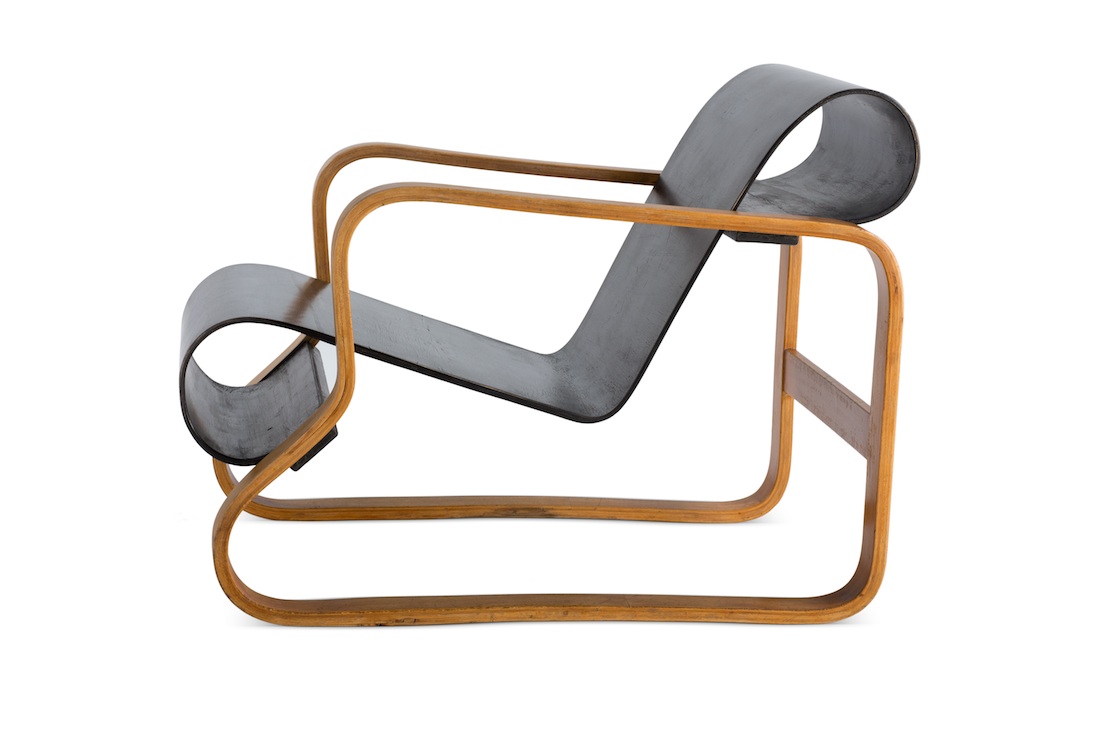
Paimio Chair, design di/by Alvaro Aalto, 1932.

Tea Trolley 900, design di/by Alvaro Aalto, 1937.
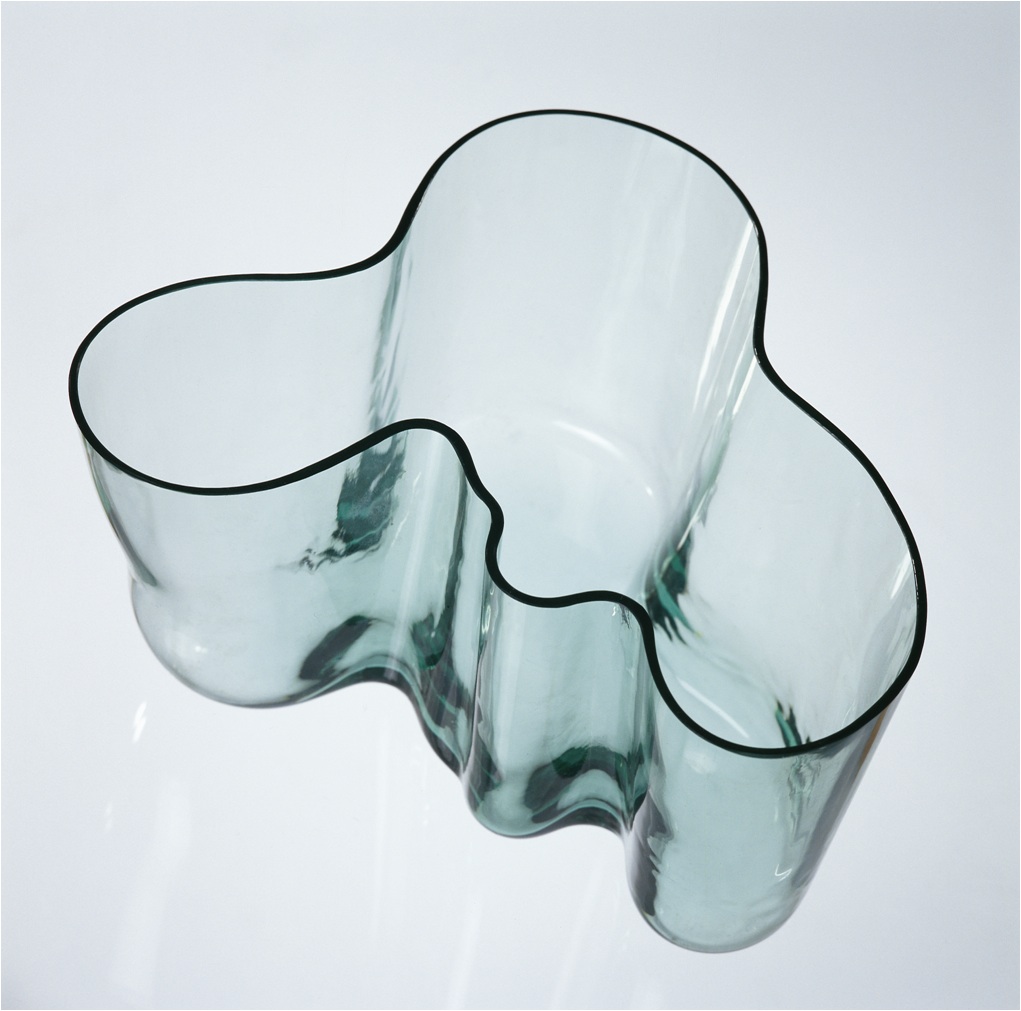
Savoy Vase, design di/by Alvaro Aalto, 1936.
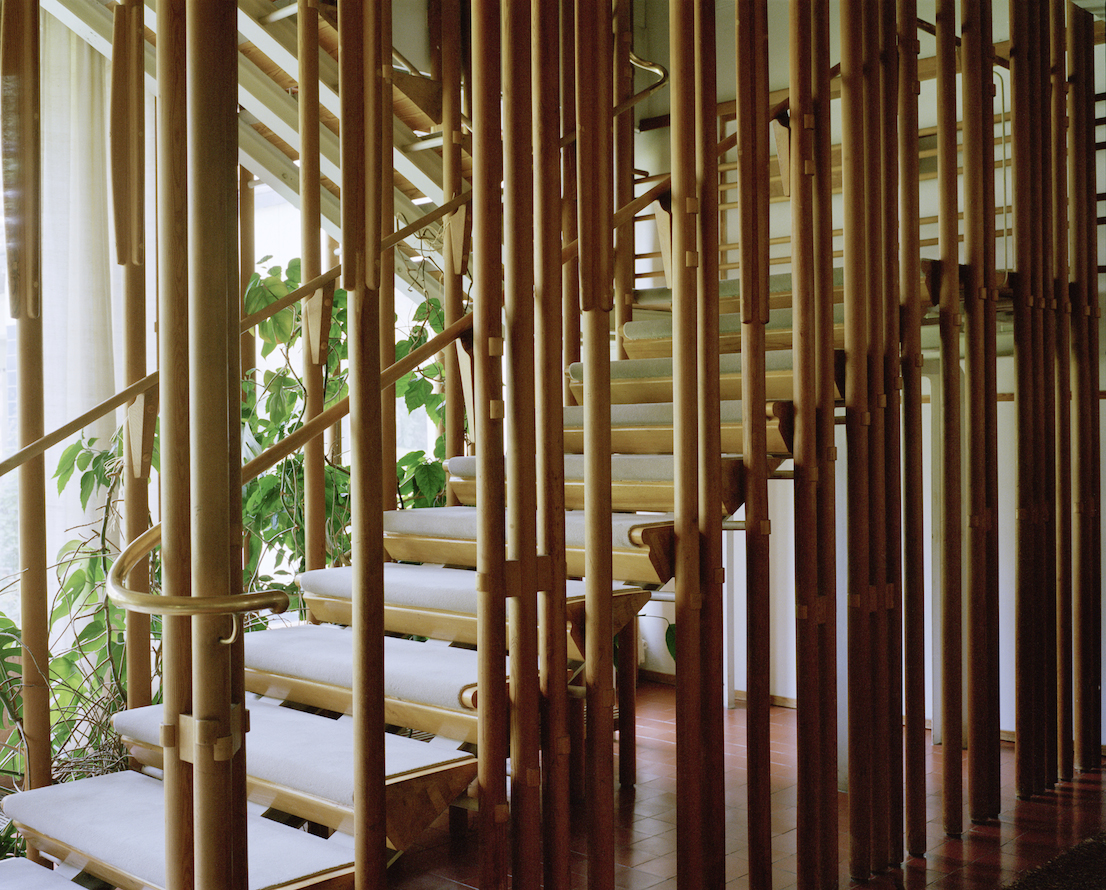
Villa Mairea, Finland, 1939. Photo: Armin Linke.
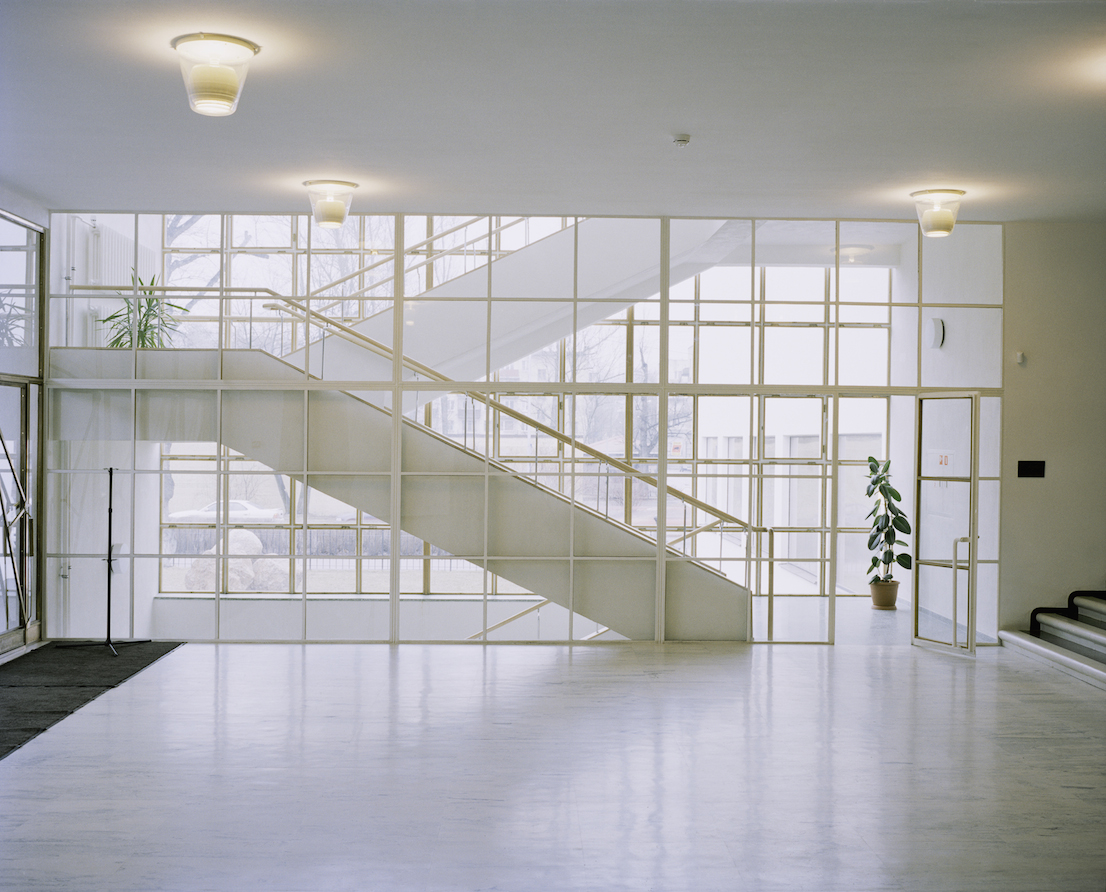
Viipuri (Vyborg) City Library, Vyborg, Karelia (Russia), 1927-1935. Courtesy: Alvar Aalto Museum. Photo: Gustaf Welin.
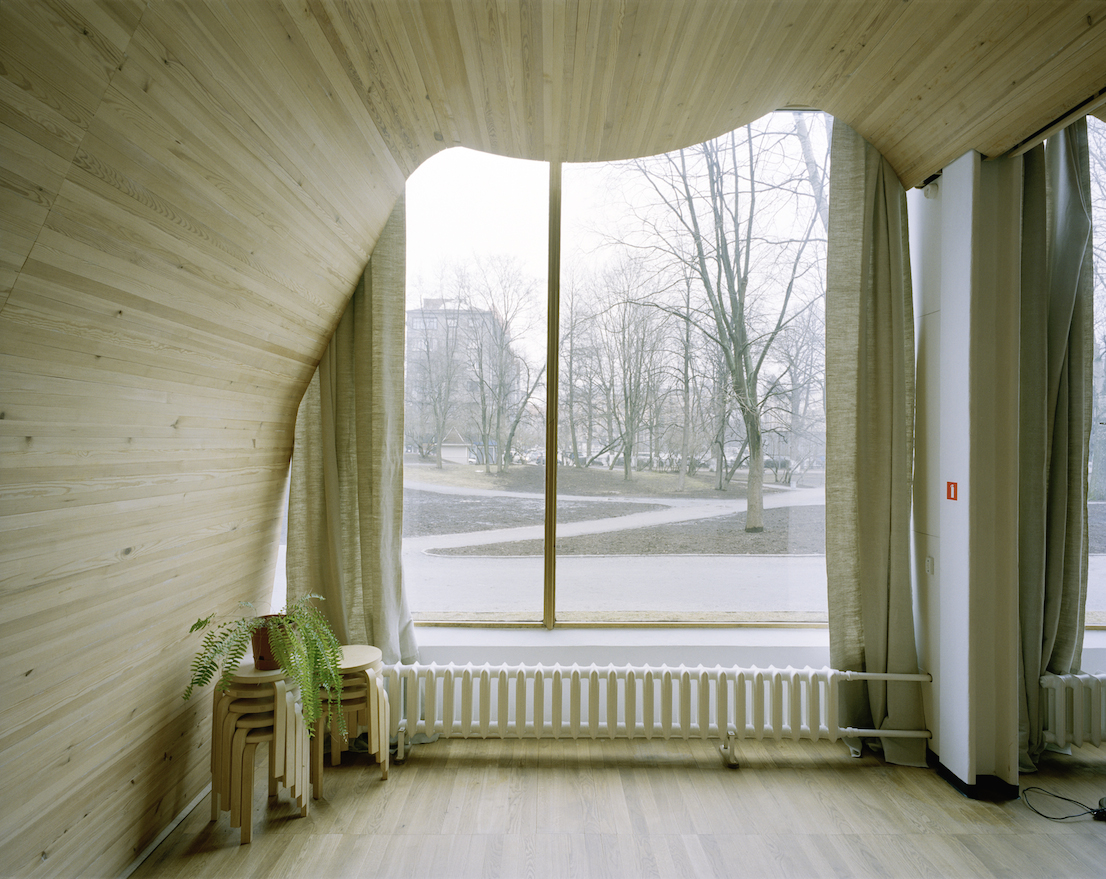
Viipuri (Vyborg) City Library, Vyborg, Karelia (Russia), 1927-1935. Courtesy: Alvar Aalto Museum. Photo: Gustaf Welin.
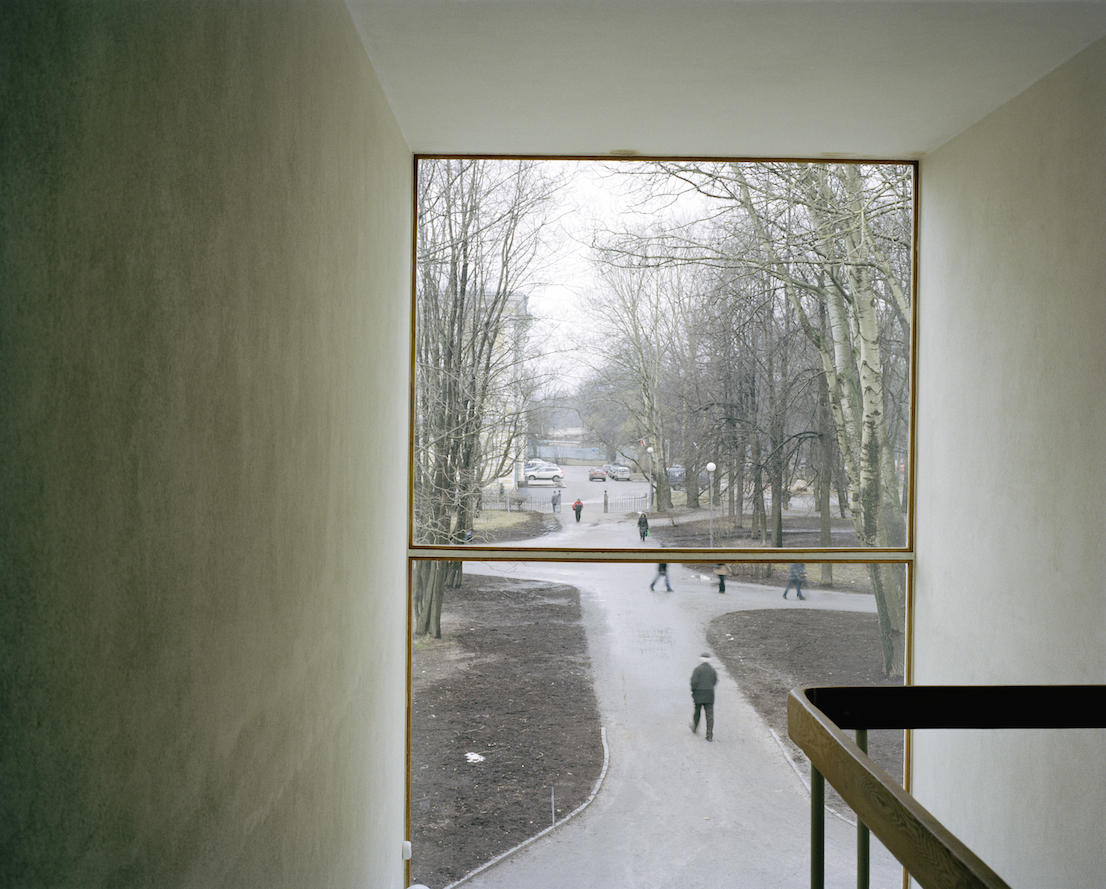
Viipuri (Vyborg) City Library, Vyborg, Karelia (Russia), 1927-1935. Courtesy: Alvar Aalto Museum. Photo: Gustaf Welin.

Experimental House, Muuratsalo, Finland, 1952-1953. Photo: Armin Linke.
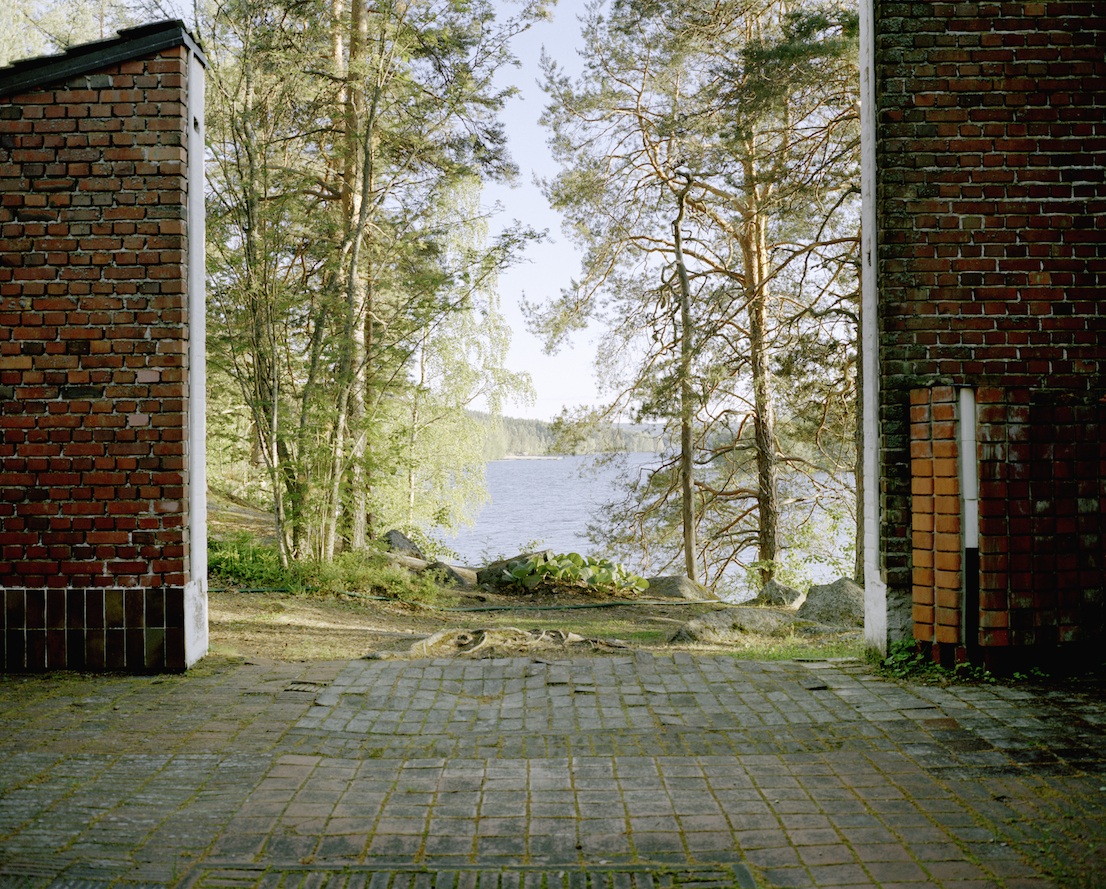
Experimental House, Muuratsalo, Finland, 1952-1953. Photo: Armin Linke.
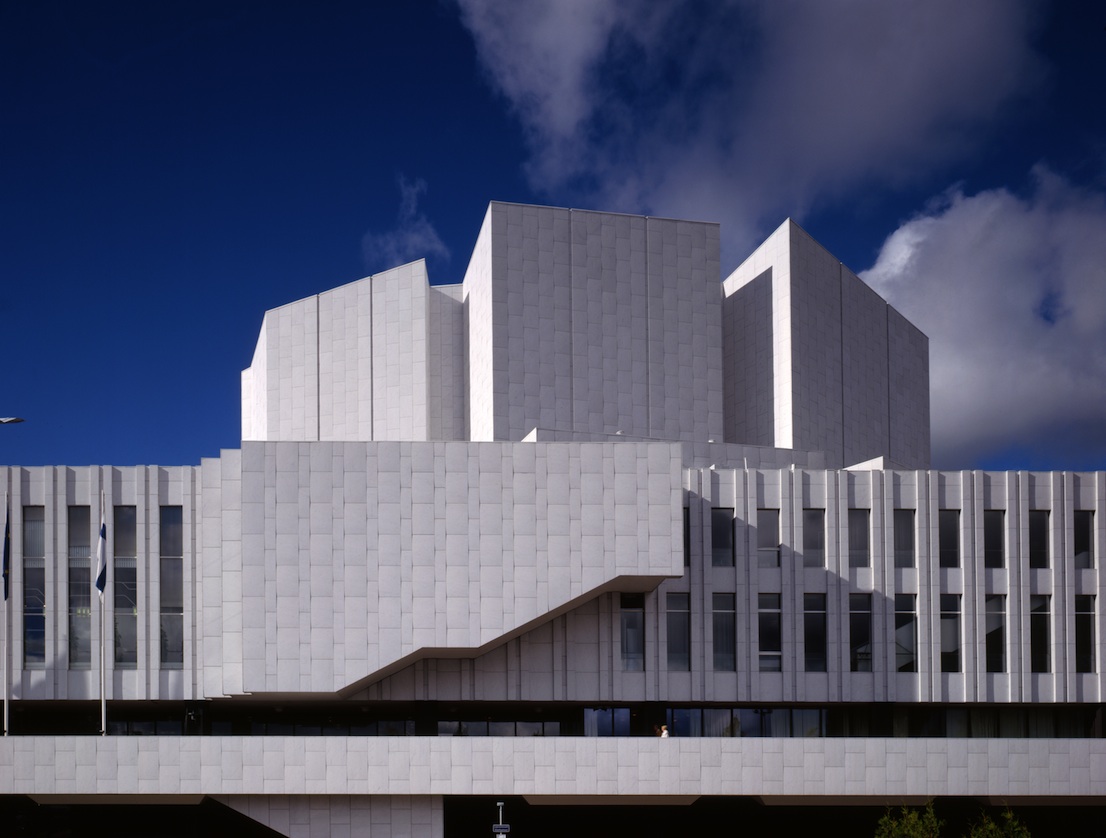
Finlandia, Concert Hall and Convention Centre, Helsinki, 1962-1971. Courtesy: Alvar Aalto Museum. Photo: Rune Snellman.